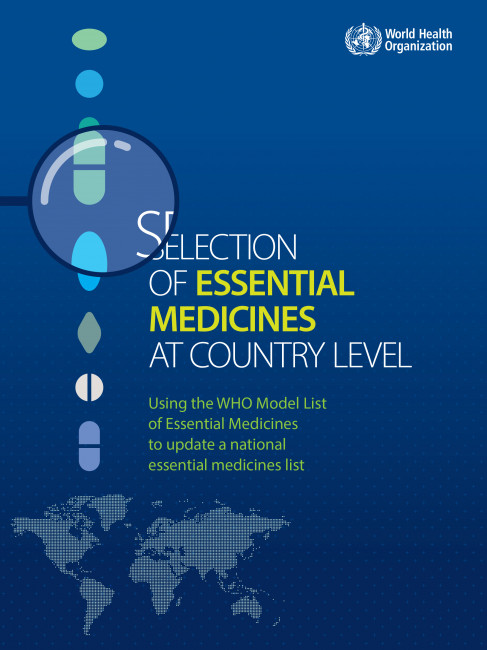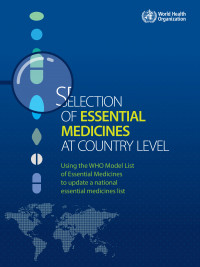Since 1977, WHO has been working with countries to design the package of essential medicines as an integral component of treatment within the continuum of care, developing and disseminating the Model List of Essential Medicines (Model List). WHO is committed to supporting Member States in sharing best practices in selecting essential medicines, and in developing processes for the selection of medicines for national essential medicines lists (national EMLs, or NEMLs) consistent with the evidence-based methods used for updating the WHO Model List.
Achieving universal health coverage (UHC) requires access to safe, effective, quality and affordable essential medicines, vaccines and health products. The pillars of UHC are enshrined in the key leadership priorities for WHO, reaffirmed in the WHO 13th General Programme of Work 2019– 2023 and captured in the Sustainable Development Goals (SDGs). Equity in public health depends on access to essential, high-quality and affordable health related technologies for all. However, approximately half the world’s population lacks access to such essential health-related technologies, specifically essential medicines. Therefore, to achieve SDG target 3.8 of UHC for all by 2030, at least 1 billion more people will need to have access to essential health services in each five-year period between 2015 and 2030. Moving towards UHC requires that countries concentrate efforts on supporting a people-centred health system with primary care as its foundation, and essential medicines, community-based services, health promotion and disease prevention as key components. This document aims to support countries in developing their own NEMLs and, through these lists and other medicine policy actions, to progress towards UHC and the goal of ensuring that all people and communities have access to highly effective medicines that are appropriate to their needs, affordable to individuals and health systems, and of assured quality.



